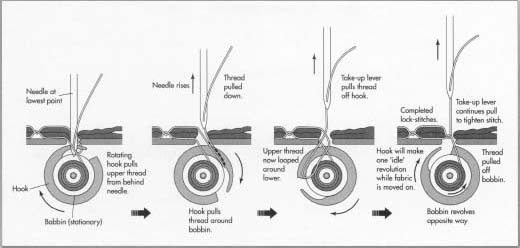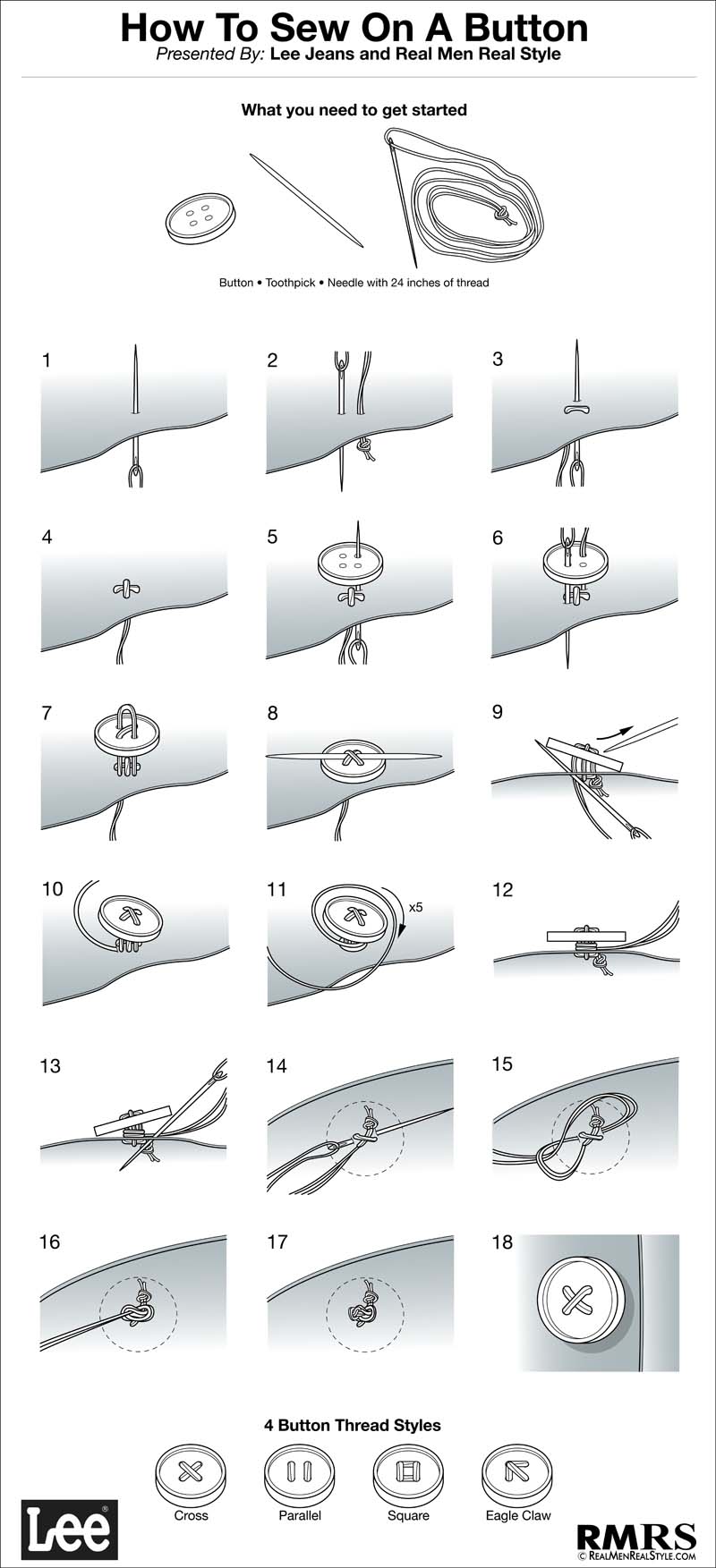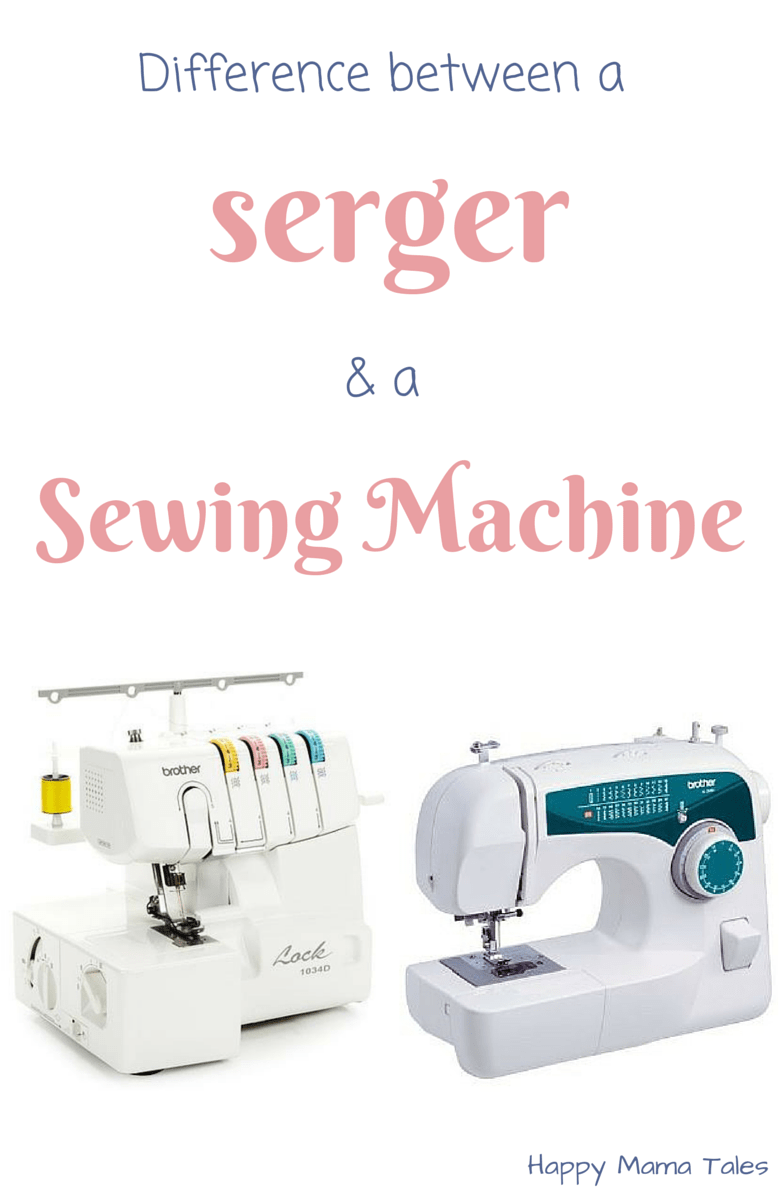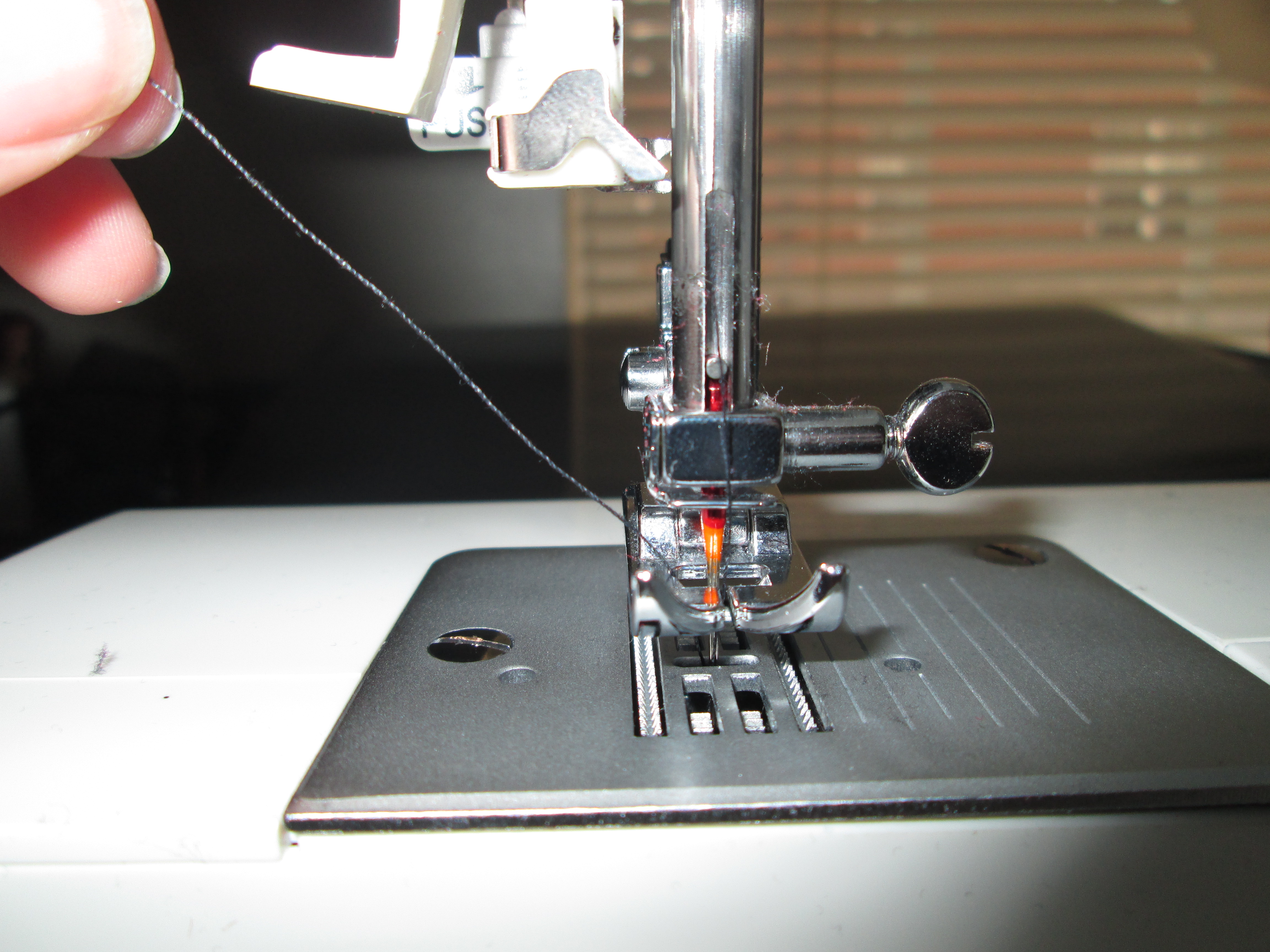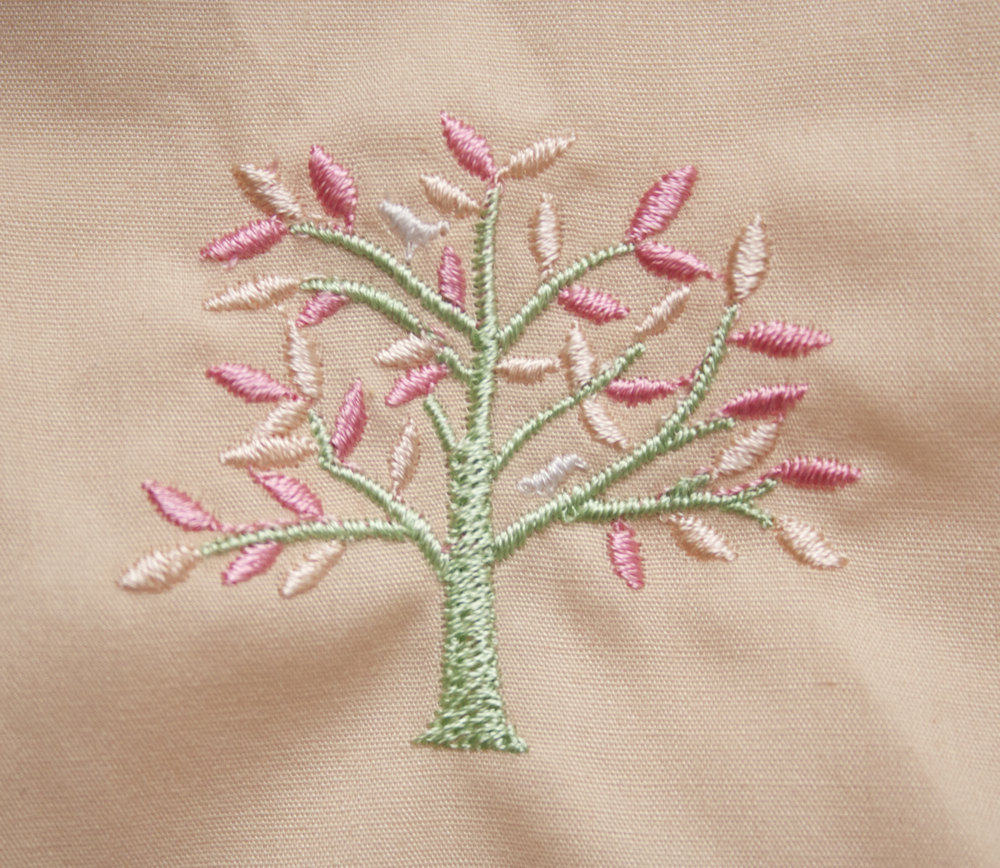The history of the sewing machine started back in 1755 when Charles Weisenthal, a German immigrant in London, took a patent out for a needle which could be used for mechanical sewing. There was no machine mentioned to go with it, and thirty-four years passed before Thomas Saint, an Englishman, created what is thought to be as the first actual sewing machine.
In 1790 he then patented a machine that had an awl which made a hole in leather and then let a needle pass through. Critics of this claim to Saint’s fame help us remember that it is possible Saint only patented an idea, but that the machine wasn’t likely ever built. In the 1880s when an attempt was made to make a machine from the drawings Saint made that it didn’t work without a lot of modification.
In around 1810 in Germany, inventor Balthasar Krems created a machine to sew caps. There are no exact dates for the Krems models and there were also no patents taken.
Josef Madersperger, an Austrian tailor, made a series of machines in the early 19th century and got a patent in 1814. He was working on it in 1839 after the Austrian government gave him grants, but he failed to put all the elements successfully together in one machine and died a pauper. In 1804, an additional two machines were patented, one to James Henderson and Thomas Stone in France for a machine that tried emulating hand sewing, and another to Scott John Duncan for a machine that did embroidery using several different needles.
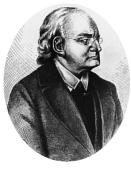
Josef Madersperger
John Adams Doge and John Knowles made a device in 1818 in Vermont which made a reasonable stitch, but could sew only a very short length of material before it needed laborious re-setting.
Barthelemy Thimonnier, in 1830, was granted a patent by the government of France. For his machine he used a barbed needle that was built almost completely of wood. The original design is said to be used for embroidery, but he then saw its potential for a sewing machine.
Walter Hunt built America’s first sewing machine in 1834 that was somewhat successful. He became uninterested in patenting later on since he feared unemployment would result from his invention. In 1846, the first American patent was given to Elias Howe. His machine had a need and an eye at the point. Later How encountered problems marketing his invention and defending his patent. For nine years he struggled to first get interest in his machine, then to protect his patent. Others adopted his lockstitch mechanism and Isaac Singer invented the mechanism which went up and down, while Allen Wilson developed the rotary hook shuttle.
Until the 1850s when Singer built the first machine that was successful commercially, sewing machines were not mass produced. Machines before were all hand cranked, but Singer’s machine used the same lockstitch which was patented by Howe. Howe sued Singer and won in 1854 for patent infringement. Singer then had to pay Howe patent royalties. After defending his patent, Howe saw his income go jump up substantially.
